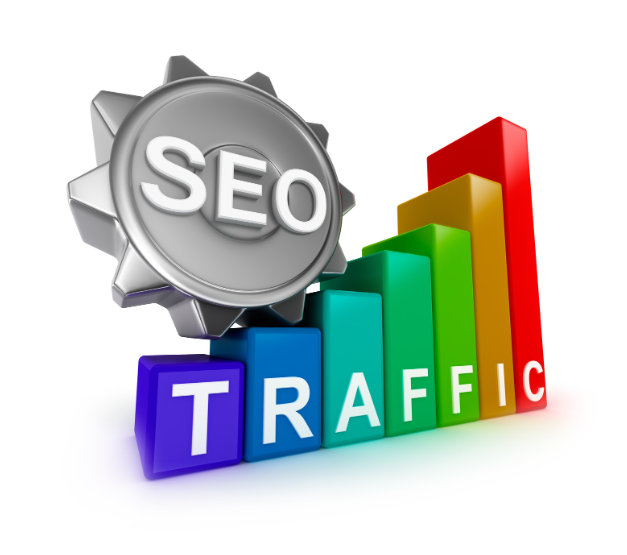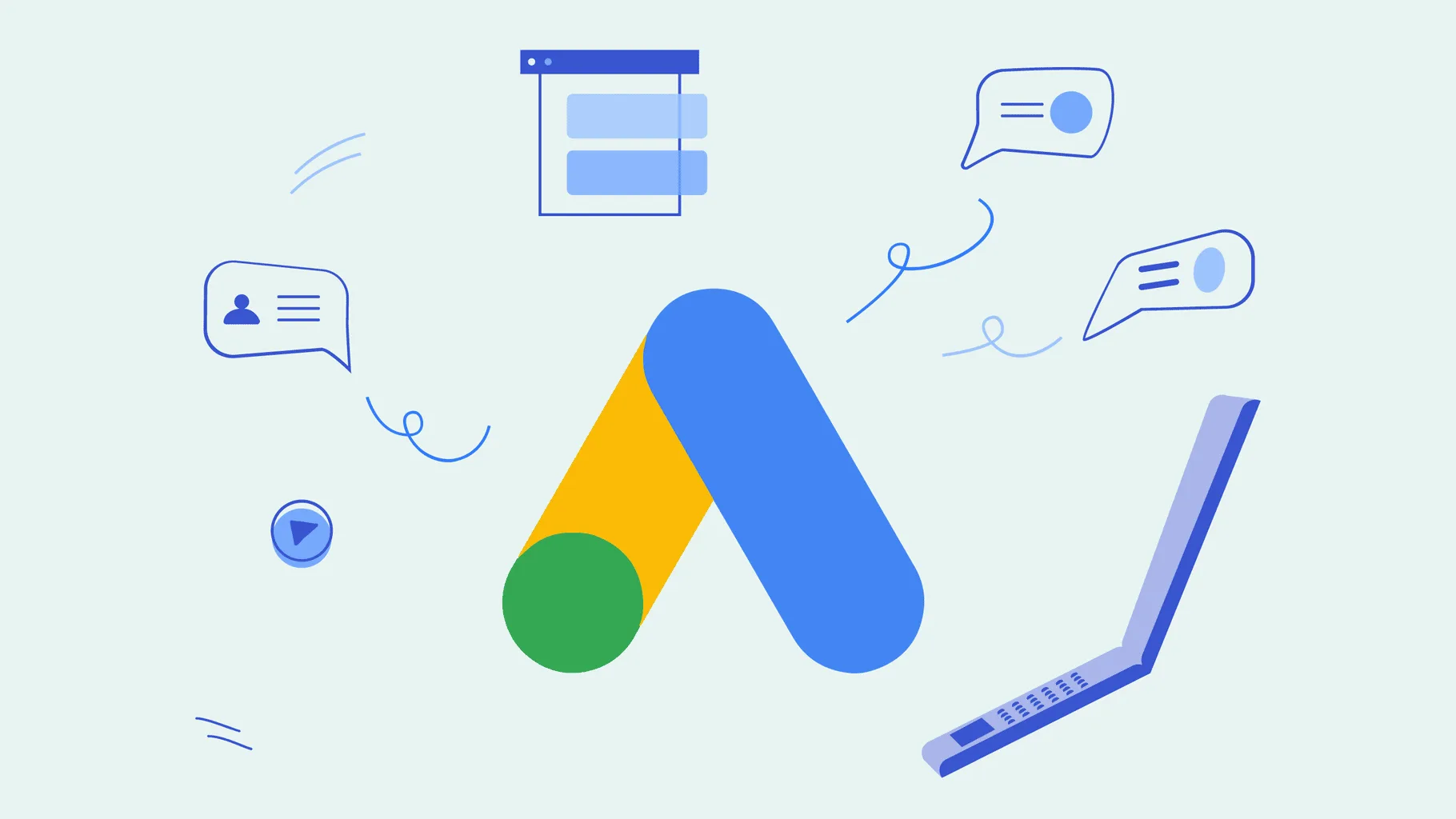In the dynamic world of web design, where user experience reigns supreme and loading speed can make or break a visitor’s engagement, optimizing images in WordPress has become more critical than ever. When it comes to image optimization, the mantra is simple: reduce file size without compromising quality. In this guide, we’ll delve into the realm of image compression techniques tailored specifically for WordPress websites, exploring the best practices to enhance performance and SEO.
1. Understanding Image Compression:
Image compression is the process of reducing the file size of an image without significantly compromising its visual quality. It’s a balancing act between preserving clarity and minimizing data load. There are two primary types of compression: lossy and lossless. Lossy compression sacrifices some image data to achieve higher compression rates, while lossless compression maintains the original image quality but typically results in larger file sizes.
2. Importance of Image Optimization in WordPress:
In the bustling online landscape, where attention spans are fleeting and competitors abound, the speed at which your website loads can make all the difference. Unoptimized images are notorious for bogging down page loading times, leading to higher bounce rates and diminished user satisfaction. Moreover, search engines like Google prioritize fast-loading websites in their rankings, making image optimization a crucial factor for SEO success.
3. Best Compression Techniques for WordPress Images:
Fortunately, WordPress offers a plethora of plugins and tools specifically designed to streamline the image optimization process. Among the frontrunners are plugins such as Smush, Imagify, and ShortPixel, each offering unique features and compression algorithms. Implementing these plugins is as simple as installing and activating them, after which they automatically optimize images upon upload, ensuring your media library remains lean and efficient.
4. Manual Compression Techniques:
While plugins provide convenient solutions, manual compression techniques offer greater control over the optimization process. Before uploading images to WordPress, consider resizing them to the appropriate dimensions and saving them in the optimal format—JPEG for photographs and PNG for graphics with transparency. Online tools like TinyPNG or JPEG Optimizer can further reduce file sizes without compromising quality, ensuring your images load swiftly without sacrificing visual appeal.
5. Implementing Lazy Loading for Images:
Lazy loading is a technique that defers the loading of non-essential resources—such as images—until they’re needed, thereby accelerating page loading times and conserving bandwidth. Implementing lazy loading in WordPress is a breeze with plugins like WP Rocket or Lazy Load by WP Rocket. Once activated, these plugins automatically apply lazy loading to your website’s images, ensuring a seamless browsing experience for your visitors.
6. Testing and Monitoring Image Optimization:
With optimization efforts in place, it’s essential to monitor their effectiveness regularly. Tools like Google PageSpeed Insights and GTmetrix provide valuable insights into your website’s performance, including image optimization metrics. By analyzing these reports and making necessary adjustments, such as tweaking compression settings or optimizing lazy loading configurations, you can continuously refine your website’s speed and user experience.
Takeaway
In the ever-evolving landscape of web design, image optimization remains a cornerstone of success. By embracing compression techniques tailored for WordPress development websites—whether through plugins, manual methods, or lazy loading implementation—you can elevate your website’s performance, bolster its SEO standing, and enhance user satisfaction. Embrace the power of optimization, and watch your WordPress website soar to new heights of excellence.
To conclude, when it comes to WordPress development, Web Boost Online stands head and shoulders above the rest. Optimize your website’s performance with the experts who truly understand the craft.











